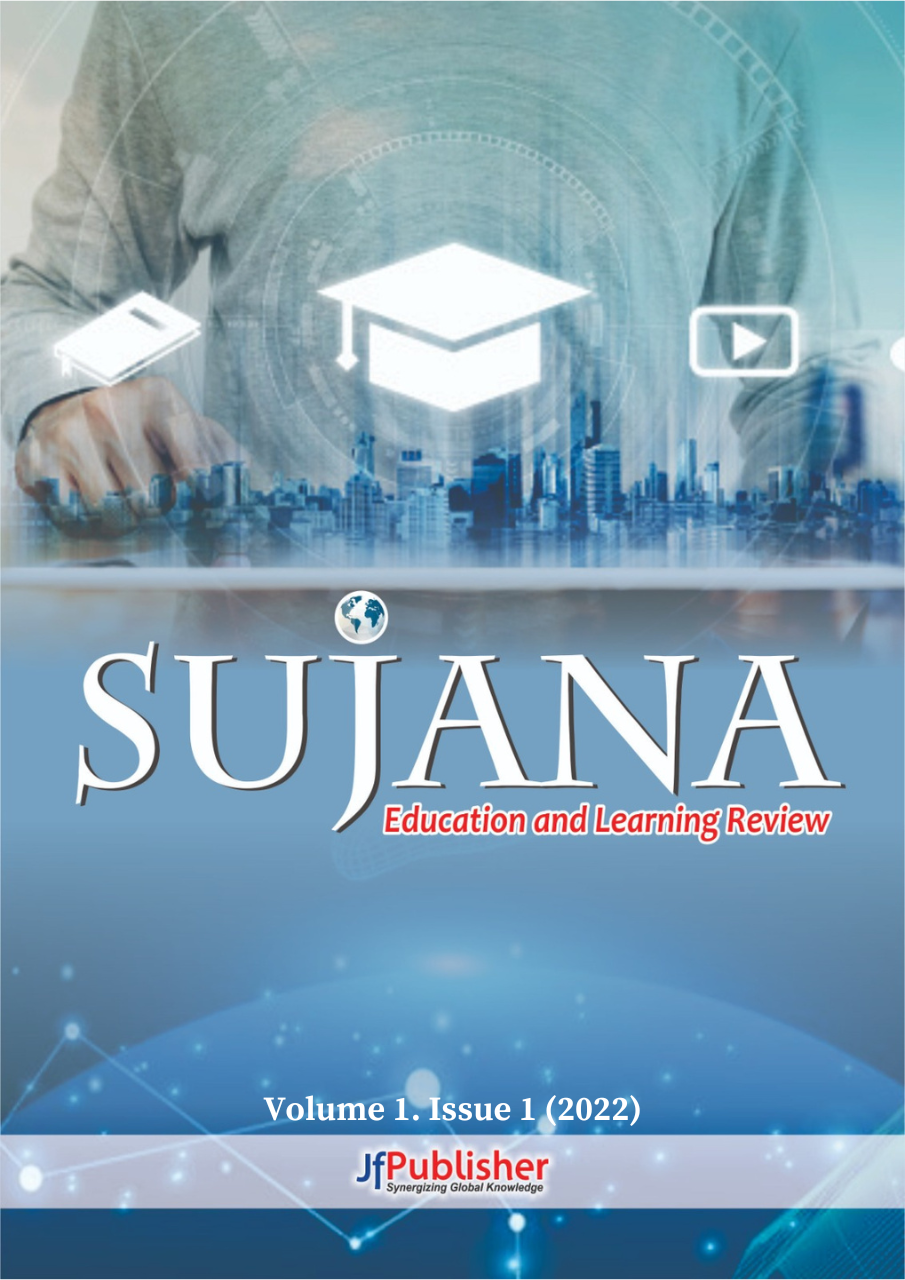ILLOCUTIONARY ACT OF MICHELLE OBAMA SPEECH ON YOUTUBE VIDEO
DOI:
https://doi.org/10.56943/sujana.v1i1.181There are two objectives of this research, these are (1) to determine the type of Illocutionary Act in Michelle Obama speech that she told on The Power of Education through YouTube media; and (2) to find out the way of Michelle Obama speech conveying indirect or direct speech. The researcher used Searle theory concerning of Illocutionary Act, while used Yule theory to find out Michelle Obama speech coveying indirect or direct speech act. The method used descriptive qualitative method. Meanwhile, in obtaining the data the researcher used documentary technique. Based on the research results, the researcher found 0 data for declaration; 56 data for representative (assertive) and mostly are concerning as suggestions; 8 data for expressive; 4 data for directive; and 3 data for commissive. Meanwhile, the researcher has found some data regarding direct and indirect speech act from Michelle Obama speech, these are 145 data that refers as direct speech act and 3 data for indirect speech act. The researcher can conclude that in Michelle Obama speech most used the representative speech act and she mostly conveyed her speech in direct speech act. This research is dedicated to anyone who want to learn about pragmatics, especially about Illocutionary Act specifically. They can use others media to analyze about it, such as music, television program, in teaching learning, and so on.
Keywords: Direct-Indirect Speech Illocutionary Act Speech Act
Asher, Nicholas, and Alex Lascarides. “Indirect Speech Acts.” Springer 128, no. 1/2 (2001): 183–228. http://www.jstor.org/stable/20117151.
Bahing, Emzir, and Zainal Rafli. “English Speech Acts of Illocutionary Force in Class Interaction.” ALLS: Advances in Language and Literary Studies 9, no. 3 (2018). https://www.academia.edu/37133847/ALLS_Vol_9_No_3_2018_.
Biography.com Editors. “Michelle Obama Biography.” A&E Television Networks. Last modified 2014. Accessed September 12, 2022. https://www.biography.com/us-first-lady/michelle-obama.
Birner, Betty J. Introduction to Pragmatics. United States of America: Wiley-Blackwell, 2012.
George, Mary W. The Elements of Library Research. Princeton University Press, 2008. https://www.degruyter.com/document/doi/10.1515/9781400830411/html.
Hidayat, Agus. “Speech Acts: Force Behind Words.” English Education: Jurnal Tadris Bahasa Inggris 9, no. 1 (2016): 1–12. https://media.neliti.com/media/publications/60843-EN-speech-acts-force-behind-words.pdf.
Lambert, Vickie, and Clinton Lambert. “Qualitative Descriptive Research: An Acceptable Design.” Pacific Rim International Journal of Nursing Research 16, no. 4 (2012): 255–256. https://he02.tci-thaijo.org/index.php/PRIJNR/article/download/5805/5064.
McLeod, Sharynne & McCormack, Jane. Introduction to Speech, Language and Literacy. Melbourne: Oxford University Press, 2015.
Rabiah, Sitti. “Language as a Tool for Communication and Cultural Reality Disclosure.” Crossref Journal (2018): 1–11. https://osf.io/preprints/inarxiv/nw94m/download.
Schane, Sanford. “Language and the Law.” Journal of Sociolinguistics 12, no. 3 (2008): 359–398. https://www.academia.edu/28334803/Language_and_the_Law_BY_Sanford_Schane.
Siddiqui, Ali. “‘The Principle Features of English Pragmatics in Applied Linguistics.’” Advances in Language and Literary Studies 9, no. 2 (April 30, 2018): 77. https://journals.aiac.org.au/index.php/alls/article/view/4321.
Slotta, James. “Pragmatics.” University of Texas at Austin (2018). https://www.researchgate.net/profile/James-Slotta/publication/328529101_Pragmatics/links/5cbf1b194585156cd7ac1de7/Pragmatics.pdf.
The Obama White House. “First Lady Obama Speaks on The Power of Education.” United States: YouTube, 2013. https://youtu.be/AY6h804boFs.
Yule, George. Pragmatics. Oxford: Oxford University Press, 1996.

